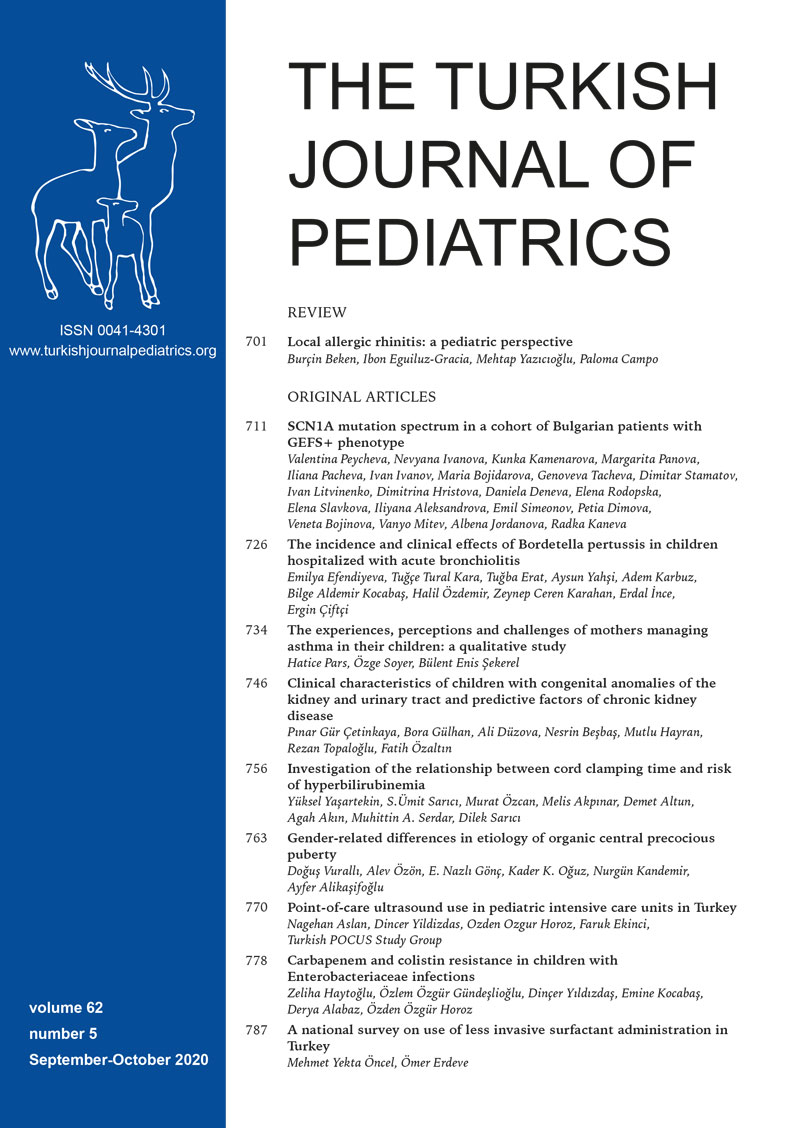Abstract
Background. Congenital anomalies of kidney and urinary tract (CAKUT) are the leading causes of chronic kidney disease (CKD) in childhood. Determining the clinical course, outcome, and prognostic factors of this heterogeneous disease group is important to provide appropriate management and follow-up. Therefore, we aimed to identify the risk factors of CKD in CAKUT and the differences in clinical courses between disease subgroups.
Methods. Three hundred patients (M/F: 203/97) divided into 16 CAKUT categories were enrolled in the study. Logistic regression and survival analyses were performed to determine the risk factors for CKD that is defined as estimated GFR (eGFR) lower than 90 ml/min/1.73 m2 for at least 6 months.
Results. The median age of the study population at the time of the diagnosis was 0.6 years (IQR; 0.1-4.0 years). Among available prenatal diagnoses (n= 138), hydronephrosis (HN) (n= 83; 60.1%) and multicystic dysplastic kidney (MCDK) (n= 39; 28.2%) were the most frequently encountered ones. A total of 24 patients had CKD, and 13 of them (54.1%) progressed to end stage renal disease (ESRD). Patients with posterior urethral valve (PUV) had CKD and ESRD more frequently when compared to the other diagnostic groups (p < 0.001 for CKD, and p < 0.001 for ESRD). Furthermore, the PUV subgroup progressed to ESRD (median 3.63 years) earlier than the other subgroups. The diagnosis of PUV, proteinuria on the first admission, vesicoureteral reflux, and oligohydramnios were identified as independent predictors for CKD in the multivariate logistic regression analysis.
Conclusions. Knowing predictive factors for CKD in patients with CAKUT is valuable for physicians in order to determine appropriate treatment strategies and prognosis.
Keywords: CAKUT, children, chronic kidney disease, risk factors













